How Strong Is Cold Brew Compared To Espresso? Cold brew generally contains less caffeine per ounce than espresso, though it can have a higher caffeine content overall due to larger serving sizes and concentrate usage. At COMPARE.EDU.VN, we will guide you through the factors influencing their strength, from brewing methods to caffeine content and flavor profiles, to assist you in making an informed choice based on your preferences. With the knowledge of cold brew versus espresso strength, you can select the best brew for your needs and enjoy every sip.
1. Understanding the Basics: Cold Brew vs. Espresso
To really understand the caffeine and strength differences, it’s essential to define what each one is.
1.1 What is Cold Brew?
Cold brew is created by steeping coarse coffee grounds in cold water for 12 to 24 hours. This slow extraction process results in a coffee concentrate that is less acidic and often sweeter than traditional hot-brewed coffee.
1.2 What is Espresso?
Espresso is made by forcing hot water under high pressure through finely-ground coffee beans. This quick process extracts a concentrated shot of coffee with a bold, intense flavor, typically served in small portions.
2. Key Factors Determining Coffee Strength
Several elements influence the strength of both cold brew and espresso, including brewing methods, time, bean types, and coffee-to-water ratios.
2.1 Brewing Method
- Cold Brew: The extended steeping time in cold water extracts different compounds from the coffee grounds than hot water methods. Cold brew tends to have less acidity and bitterness because certain oils and acids are not extracted as efficiently at lower temperatures.
- Espresso: The high pressure and hot water used in espresso machines force a concentrated extraction in a short amount of time. This method pulls out a high concentration of oils and solids, resulting in a robust, full-bodied flavor.
2.2 Brewing Time
- Cold Brew: Steeping coffee grounds for 12 to 24 hours allows for a thorough extraction of caffeine and flavors. Longer brewing times generally lead to a higher caffeine content, but the slow process ensures a smoother, less acidic beverage.
- Espresso: Espresso is brewed in seconds, typically 20 to 30 seconds per shot. This quick extraction results in a highly concentrated coffee that’s strong in flavor and caffeine, though the overall amount of caffeine is lower due to the smaller serving size.
2.3 Type of Coffee Beans
- Arabica Beans: Known for their smoother, sweeter flavor, arabica beans are commonly used in both cold brew and espresso. They contain less caffeine compared to robusta beans, but their aromatic complexity makes them a popular choice.
- Robusta Beans: Robusta beans have a stronger, more bitter taste and a higher caffeine content. These beans are often used in espresso blends to add a kick and create a richer crema.
2.4 Coffee-to-Water Ratio
- Cold Brew: Typically uses a higher coffee-to-water ratio than other brewing methods, often around 1:4 to 1:8. This results in a concentrate that is diluted before serving, allowing for customizable strength.
- Espresso: Uses a very concentrated ratio, approximately 1:2. The small amount of water forced through a relatively large amount of finely-ground coffee produces a potent shot.
3. Caffeine Content: Cold Brew vs. Espresso
Understanding the caffeine levels in cold brew and espresso can help you make an informed choice based on your desired energy boost.
3.1 Caffeine in Cold Brew
Cold brew can have a wide range of caffeine levels depending on the brewing time, coffee-to-water ratio, and type of beans used. A typical 8-ounce serving of diluted cold brew contains between 100 to 200 milligrams of caffeine. However, some stronger concentrates can contain upwards of 300 milligrams per serving.
3.2 Caffeine in Espresso
A single shot of espresso (about 1 ounce) usually contains around 63 milligrams of caffeine. A double shot, which is common in many espresso-based drinks, would therefore have about 126 milligrams of caffeine.
3.3 Comparison Table: Caffeine Content
| Coffee Type | Serving Size | Caffeine Content (mg) |
|---|---|---|
| Cold Brew | 8 ounces | 100-200 |
| Espresso (Single) | 1 ounce | 63 |
| Espresso (Double) | 2 ounces | 126 |
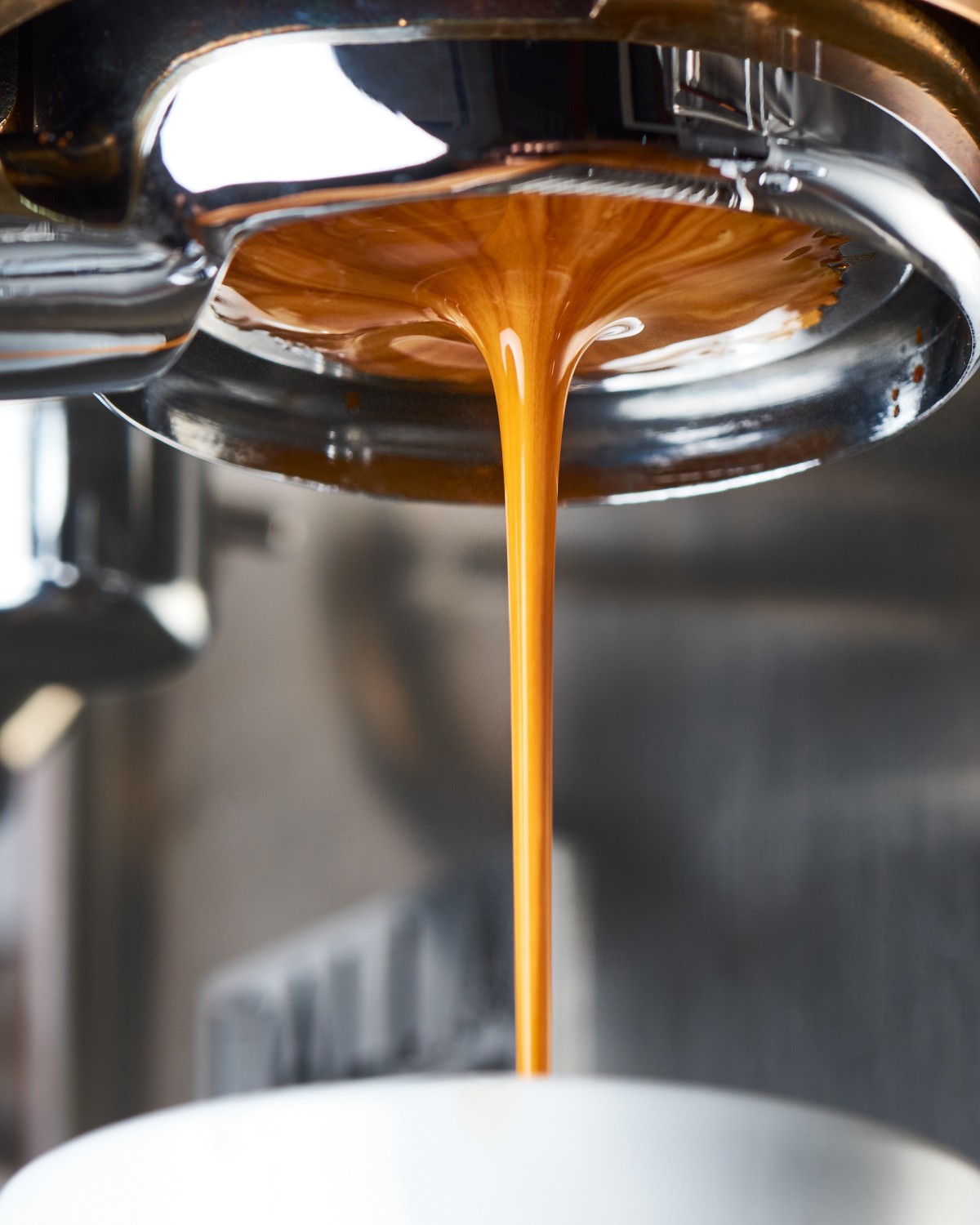
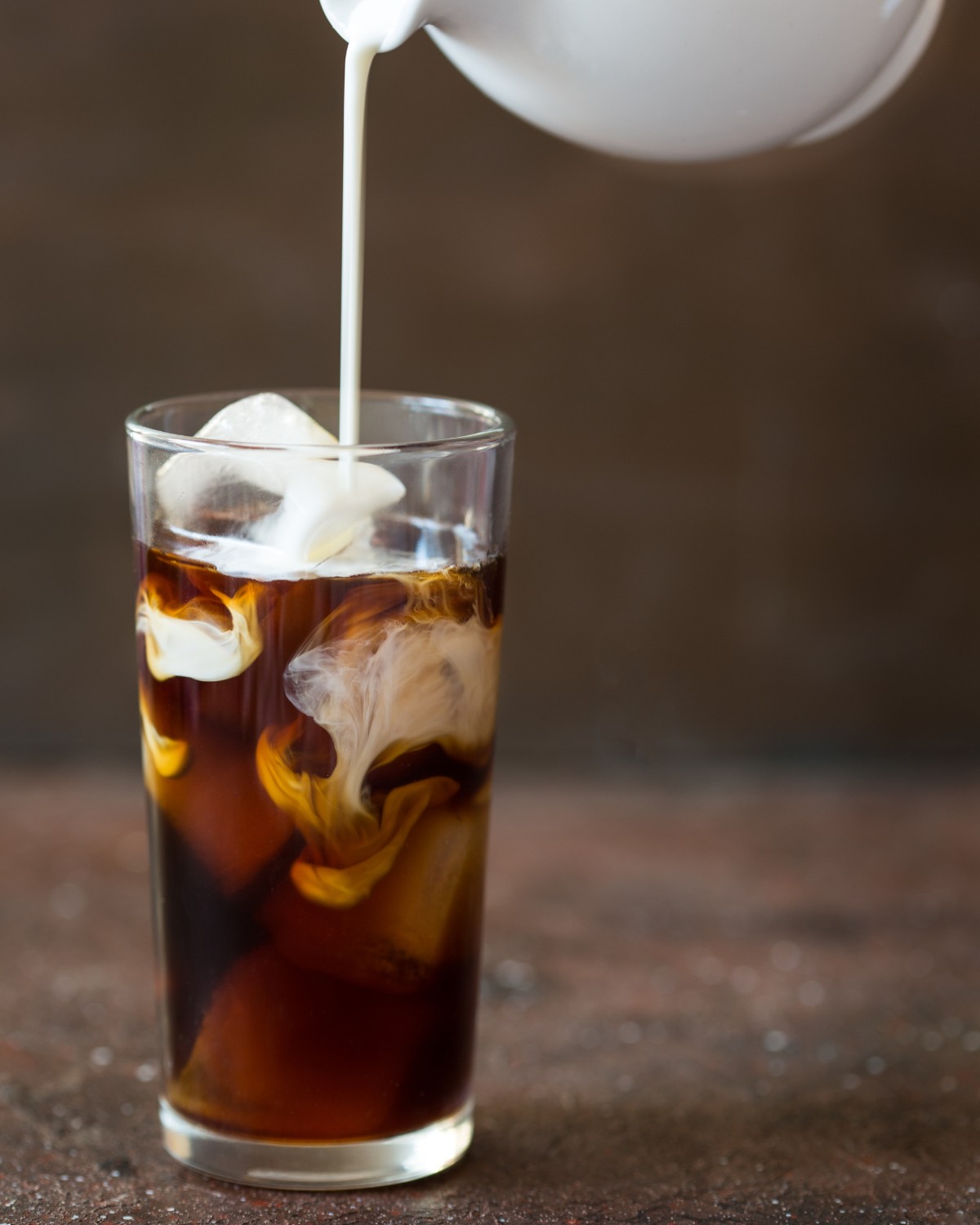
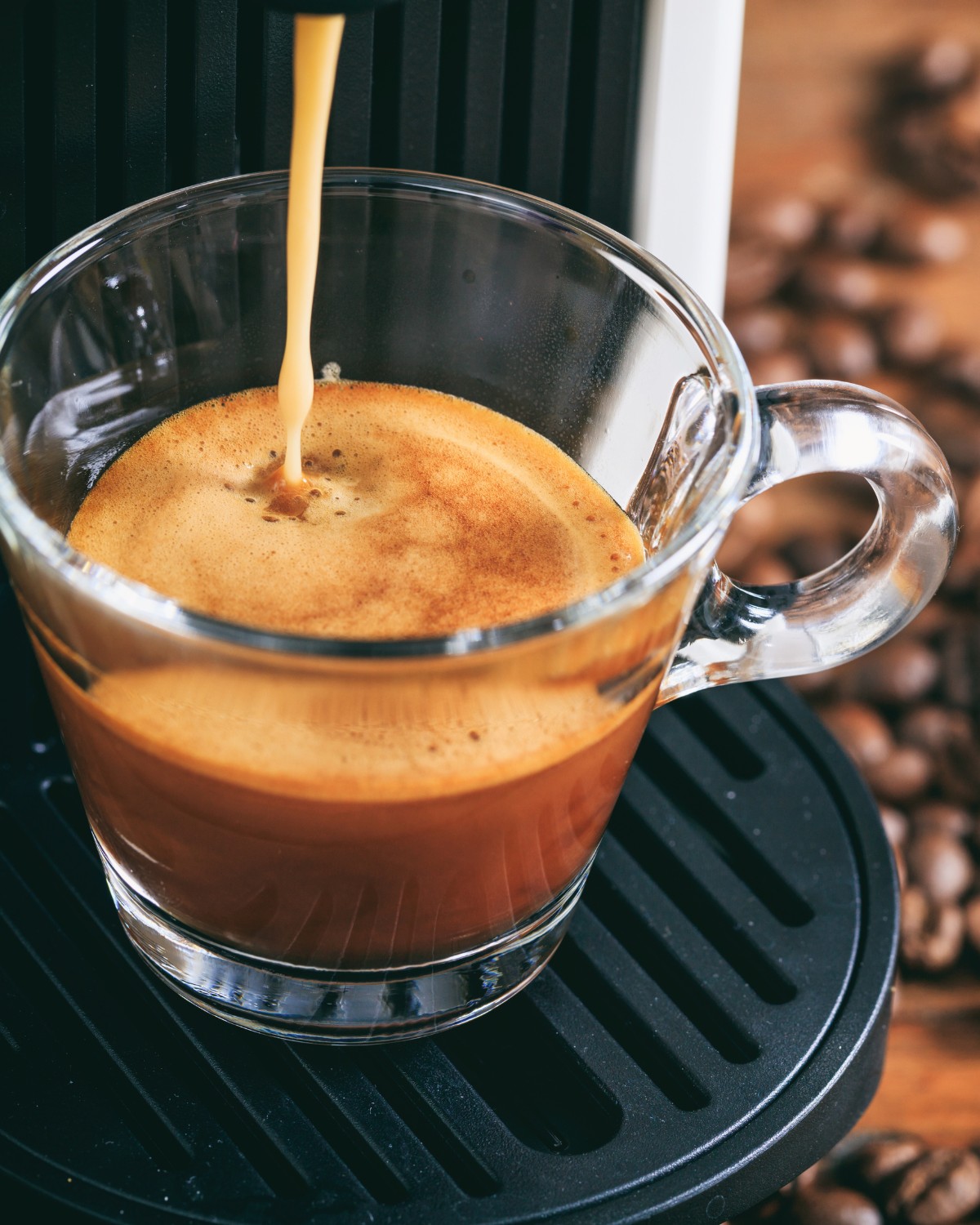
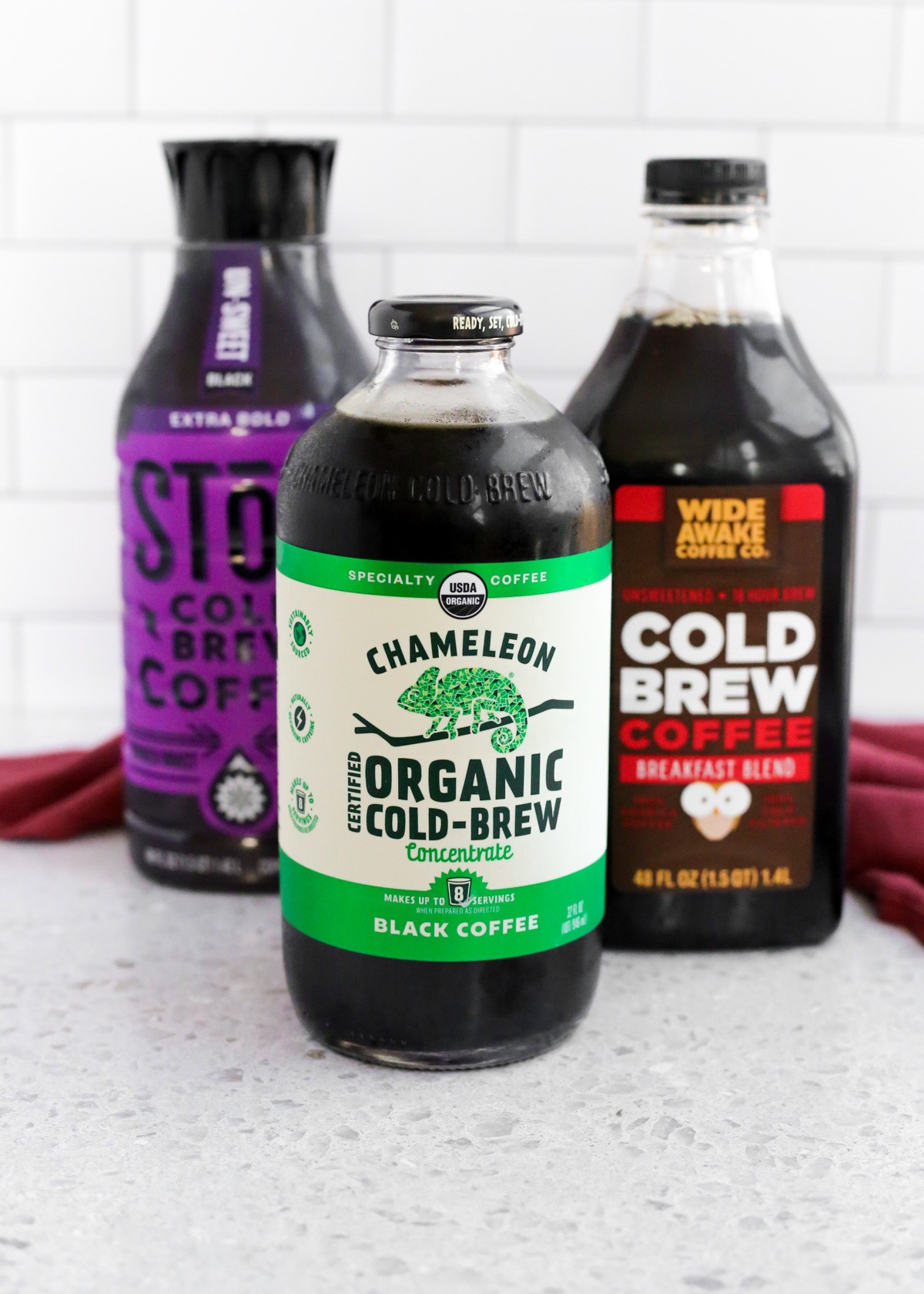
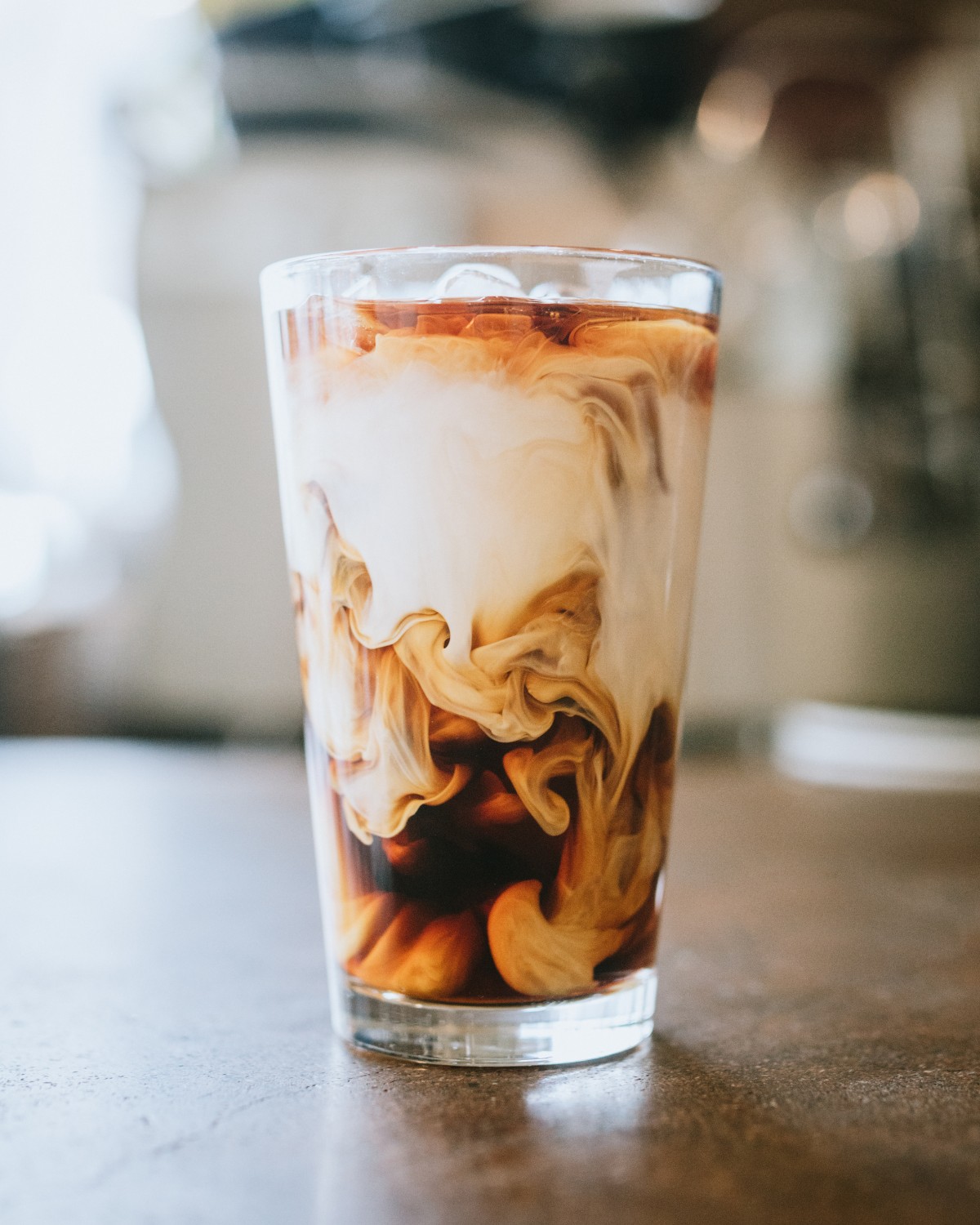
3.4 Factors Affecting Caffeine Levels
Several factors can influence the caffeine content in both cold brew and espresso:
- Bean Type: Robusta beans contain significantly more caffeine than arabica beans.
- Grind Size: Fine grinds expose more surface area, leading to a higher caffeine extraction.
- Brewing Time: Longer brewing times extract more caffeine.
- Coffee-to-Water Ratio: Higher coffee-to-water ratios result in more concentrated caffeine levels.
3.5 Research Insights
According to a study by the National Coffee Association, the average caffeine content in an 8-ounce cup of coffee is about 95 mg. However, this can vary widely based on the factors mentioned above. Cold brew, with its variable brewing methods, can sometimes exceed this average, while a standard espresso shot usually falls below it, unless multiple shots are combined.
4. Flavor Profile: Dissecting the Taste
The flavor profiles of cold brew and espresso differ significantly due to their distinct brewing processes, which affect the taste and overall experience.
4.1 Cold Brew Flavor Characteristics
Cold brew is celebrated for its smooth, mellow flavor with low acidity. The extended cold water extraction pulls out sweeter, more subtle notes, resulting in a less bitter cup of coffee. Many people find it easier to drink black due to its natural sweetness.
4.2 Espresso Flavor Characteristics
Espresso offers a bold, intense flavor with a rich, full-bodied taste. The high-pressure extraction captures complex aromatics and a slight acidity that gives it a distinct tang. Espresso is often described as having chocolatey, nutty, or caramel-like notes.
4.3 Acidity Levels
- Cold Brew: Lower acidity makes it gentler on the stomach, reducing the likelihood of acid reflux or heartburn.
- Espresso: Higher acidity provides a bright, sharp taste that some people enjoy. However, it may be less suitable for those with sensitive stomachs.
4.4 Mouthfeel
- Cold Brew: Offers a velvety, smooth mouthfeel due to the slow extraction of oils.
- Espresso: Has a richer, more concentrated mouthfeel, with a slight oiliness and a lingering finish.
4.5 Flavor Nuances
- Cold Brew: Often highlights natural sweetness, chocolate, and caramel notes.
- Espresso: Emphasizes bold, roasted flavors with hints of chocolate, nuts, and spices.
5. Health Considerations: Acidity and Effects
Considering the health implications of both cold brew and espresso can help you make a choice that aligns with your dietary needs and health goals.
5.1 Acidity and Digestive Health
The acidity levels in coffee can affect digestive health, especially for those with sensitive stomachs.
- Cold Brew: Its lower acidity makes it a more stomach-friendly option. The cold brewing process extracts fewer acidic compounds, reducing the risk of heartburn and acid reflux.
- Espresso: The higher acidity might irritate the stomach lining in some individuals. Those prone to digestive issues may want to consume espresso in moderation or opt for cold brew.
5.2 Effects on Energy Levels
Both cold brew and espresso provide an energy boost due to their caffeine content, but the way this energy is delivered can differ.
- Cold Brew: Provides a more sustained, gradual energy boost due to the higher caffeine content in a larger serving size. This can help avoid the jitters and crashes associated with rapid caffeine consumption.
- Espresso: Delivers a quicker, more intense energy boost due to its concentrated caffeine content. This can be ideal for those needing a fast pick-me-up but may lead to a more noticeable crash later.
5.3 Antioxidant Properties
Coffee is rich in antioxidants, which offer various health benefits.
- Cold Brew: Retains many of the antioxidant properties found in coffee beans. The cold brewing process can preserve certain antioxidants that might be degraded by heat.
- Espresso: Also contains beneficial antioxidants. The quick, high-pressure extraction ensures that many of these compounds are transferred into the final beverage.
5.4 Potential Health Risks
While coffee offers several health benefits, it’s important to be aware of potential risks.
- Overconsumption: Excessive caffeine intake can lead to anxiety, insomnia, and heart palpitations.
- Dependency: Regular caffeine consumption can lead to dependency and withdrawal symptoms.
- Interactions: Coffee can interact with certain medications, so it’s important to consult with a healthcare professional if you have any concerns.
6. Brewing Equipment and Cost Analysis
The cost of brewing equipment and coffee beans can vary significantly between cold brew and espresso. Evaluating these expenses can help you decide which method fits your budget.
6.1 Cold Brew Equipment
- Basic Setup: Requires minimal equipment, such as a large jar or pitcher, coffee filters, and coarse ground coffee.
- Specialty Equipment: Options include cold brew makers with built-in filters and spouts, which can simplify the process.
- Cost: A basic cold brew setup can cost as little as $20, while specialty equipment ranges from $30 to $100.
6.2 Espresso Equipment
- Espresso Machine: Requires a significant investment, ranging from budget-friendly models to high-end, professional-grade machines.
- Coffee Grinder: A quality burr grinder is essential for achieving a consistent grind size, which is crucial for espresso extraction.
- Accessories: Includes a tamper, milk frother (for lattes and cappuccinos), and espresso cups.
- Cost: An entry-level espresso setup can cost around $200 to $500, while high-end setups can exceed $1,000.
6.3 Cost per Cup
- Cold Brew: The cost per cup is relatively low, primarily consisting of the price of coffee beans and filters.
- Espresso: The initial investment is higher, but the cost per cup can be lower in the long run, especially if you drink espresso regularly.
6.4 Long-Term Expenses
- Cold Brew: Ongoing expenses include coffee beans and filters.
- Espresso: Maintenance and occasional repairs can add to the long-term cost.
7. Preparation Time and Convenience
The time and effort required to prepare cold brew and espresso can influence your choice, depending on your lifestyle and preferences.
7.1 Cold Brew Preparation
- Time Required: Involves a longer steeping time (12-24 hours) but requires minimal active preparation.
- Convenience: Convenient for making large batches in advance, ensuring a steady supply of cold brew for several days.
- Step-by-Step Guide:
- Combine coarse ground coffee with cold water in a jar or pitcher.
- Stir gently to ensure all grounds are saturated.
- Cover and refrigerate for 12-24 hours.
- Strain the mixture through a coffee filter or cheesecloth.
- Dilute the concentrate with water or milk to your desired strength.
- Serve over ice and enjoy.
7.2 Espresso Preparation
- Time Required: Brews quickly, typically in 20-30 seconds per shot.
- Convenience: Ideal for on-demand coffee, allowing you to brew a fresh shot whenever you need it.
- Step-by-Step Guide:
- Grind coffee beans to a fine, espresso-specific grind.
- Tamp the grounds firmly into the portafilter.
- Insert the portafilter into the espresso machine.
- Start the brewing process and extract the espresso shot.
- Serve immediately or use in espresso-based drinks like lattes or cappuccinos.
7.3 Automation Options
- Cold Brew: Automated cold brew makers can streamline the process, but manual methods are still widely popular.
- Espresso: Fully automatic espresso machines can grind, tamp, and brew with the touch of a button, offering maximum convenience.
8. Versatility in Drinks and Recipes
Both cold brew and espresso can be used in a variety of drinks and recipes, catering to different tastes and preferences.
8.1 Cold Brew Recipes
- Classic Cold Brew: Diluted with water or milk and served over ice.
- Cold Brew Latte: Mixed with milk and a sweetener of your choice.
- Nitro Cold Brew: Infused with nitrogen gas for a creamy, stout-like texture.
- Cold Brew Cocktails: Used as a base for coffee-infused cocktails.
8.2 Espresso Recipes
- Espresso Shot: Served straight, as a concentrated shot of coffee.
- Americano: Diluted with hot water for a milder flavor.
- Latte: Mixed with steamed milk and a thin layer of foam.
- Cappuccino: Combined with equal parts steamed milk and foamed milk.
- Macchiato: Marked with a dollop of foamed milk.
- Mocha: Blended with chocolate syrup, milk, and whipped cream.
8.3 Culinary Uses
- Cold Brew: Can be used to flavor desserts like ice cream, cakes, and brownies.
- Espresso: Used in tiramisu, coffee sauces, and as a flavor enhancer in savory dishes.
9. Expert Opinions and Recommendations
Hearing from coffee experts and enthusiasts can provide additional insights into the nuances of cold brew and espresso.
9.1 Barista Insights
Baristas often highlight the versatility of espresso for creating a wide range of coffee beverages, while praising the smoothness and low acidity of cold brew. Many recommend experimenting with different beans and brewing parameters to find your perfect cup.
9.2 Coffee Blogger Reviews
Coffee bloggers frequently compare cold brew and espresso based on flavor, caffeine content, and convenience. They often provide detailed brewing guides and recipe ideas for both methods.
9.3 Professional Coffee Associations
Organizations like the Specialty Coffee Association (SCA) offer resources and certifications for coffee professionals, promoting best practices and quality standards in the industry.
10. Making the Right Choice for You
Ultimately, the choice between cold brew and espresso depends on your personal preferences, lifestyle, and specific needs.
10.1 Consider Your Taste Preferences
- Do you prefer a smooth, sweet, and less acidic flavor? Cold brew might be your best bet.
- Do you enjoy a bold, intense, and slightly acidic taste? Espresso could be the perfect choice.
10.2 Evaluate Your Caffeine Needs
- Do you need a quick, concentrated energy boost? Espresso might be more suitable.
- Do you prefer a sustained, gradual energy release? Cold brew could be the better option.
10.3 Assess Your Budget and Time
- Are you willing to invest in espresso equipment? Espresso can be a rewarding choice for coffee enthusiasts.
- Do you prefer a low-cost, low-maintenance brewing method? Cold brew is a convenient and economical option.
10.4 Experiment and Explore
The best way to decide is to try both cold brew and espresso and see which one you enjoy more. Experiment with different beans, brewing methods, and recipes to discover your perfect cup.
FAQ: Cold Brew vs. Espresso
1. Which has more caffeine, cold brew or espresso?
It depends. Cold brew concentrate can have more caffeine overall due to the larger serving size and concentrated nature, but a single shot of espresso is more concentrated per ounce.
2. Is cold brew better for my stomach than espresso?
Yes, cold brew is generally better for sensitive stomachs due to its lower acidity.
3. Can I make espresso without an espresso machine?
Yes, you can use a Moka pot or AeroPress as alternatives, though the result won’t be exactly the same.
4. What’s the best type of bean for cold brew?
Coarse ground arabica beans are often recommended for their smooth flavor and lower acidity.
5. What’s the best type of bean for espresso?
Finely ground arabica or a blend of arabica and robusta beans are commonly used for espresso to achieve a balanced flavor and rich crema.
6. How long does cold brew last in the fridge?
Cold brew concentrate can last up to two weeks in the fridge.
7. Can I heat up cold brew?
Yes, you can heat up cold brew, but it may alter the flavor slightly.
8. What’s the difference between iced coffee and cold brew?
Iced coffee is brewed hot and then chilled, while cold brew is brewed cold for an extended period.
9. Is espresso stronger than regular coffee?
Yes, espresso is more concentrated than regular coffee, providing a stronger flavor and caffeine kick per ounce.
10. How do I sweeten cold brew without diluting it?
Use simple syrup, agave nectar, or flavored syrups to sweeten cold brew without adding extra water.
Conclusion: Finding Your Perfect Brew with COMPARE.EDU.VN
Choosing between cold brew and espresso ultimately depends on your individual preferences, lifestyle, and health considerations. Both offer unique benefits and flavor profiles, making them appealing to different coffee lovers. By understanding the key differences in brewing methods, caffeine content, flavor profiles, and health effects, you can make an informed decision that suits your needs.
At COMPARE.EDU.VN, we are committed to providing you with comprehensive comparisons and expert insights to help you make the best choices. Whether you’re a coffee aficionado or just starting your journey, we’re here to guide you every step of the way. Explore our website for more detailed comparisons, reviews, and resources to elevate your coffee experience.
Ready to make a decision? Visit compare.edu.vn today to discover more comparisons and find the perfect brew for you! Our team is here to help you compare and choose with confidence. Contact us at 333 Comparison Plaza, Choice City, CA 90210, United States, or reach out via WhatsApp at +1 (626) 555-9090. Let us assist you in finding the ideal choice that matches your needs and preferences.